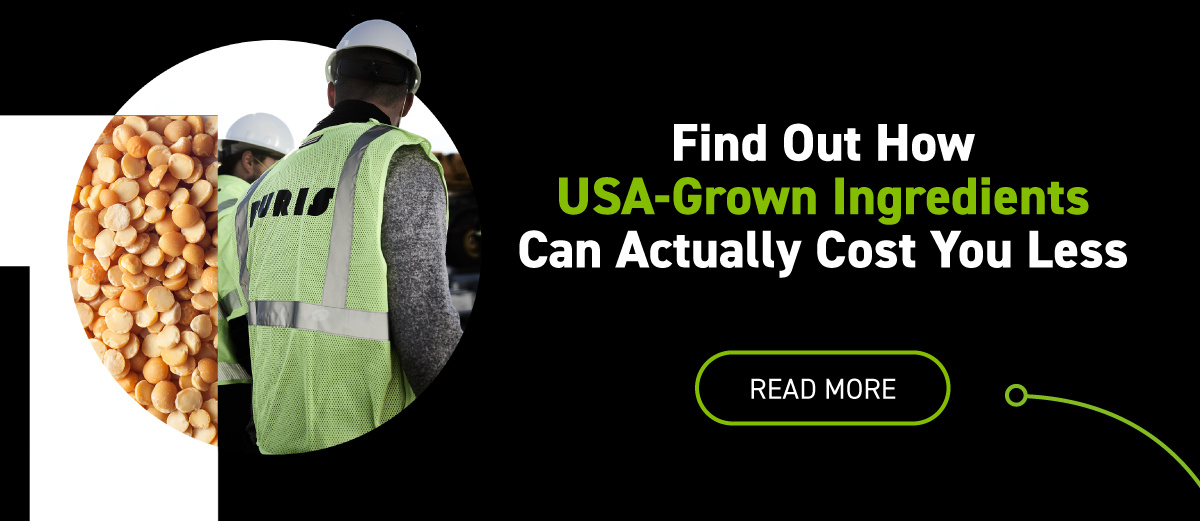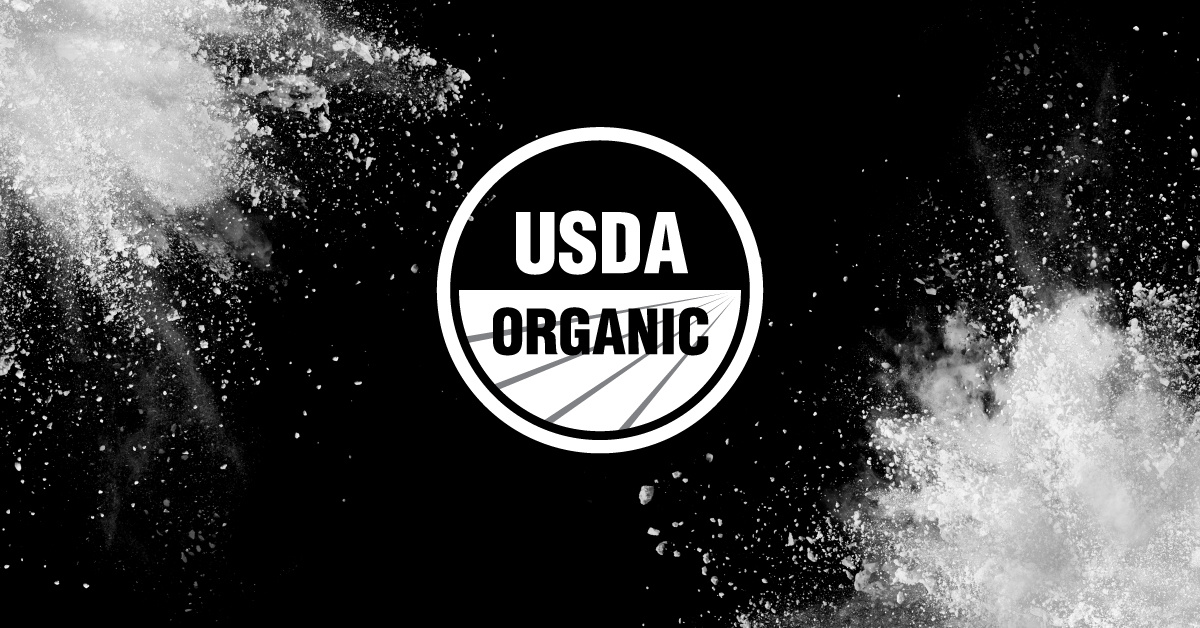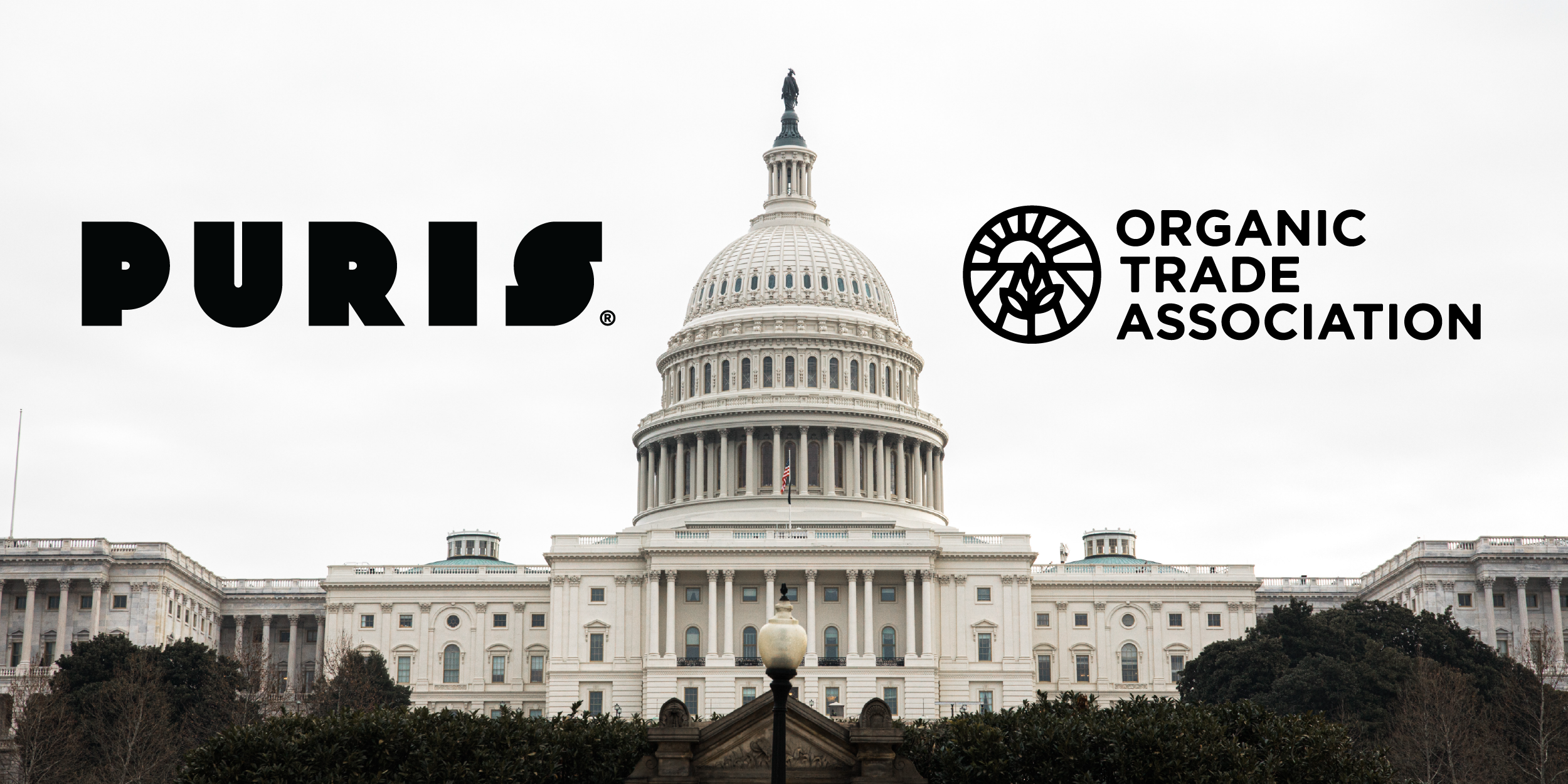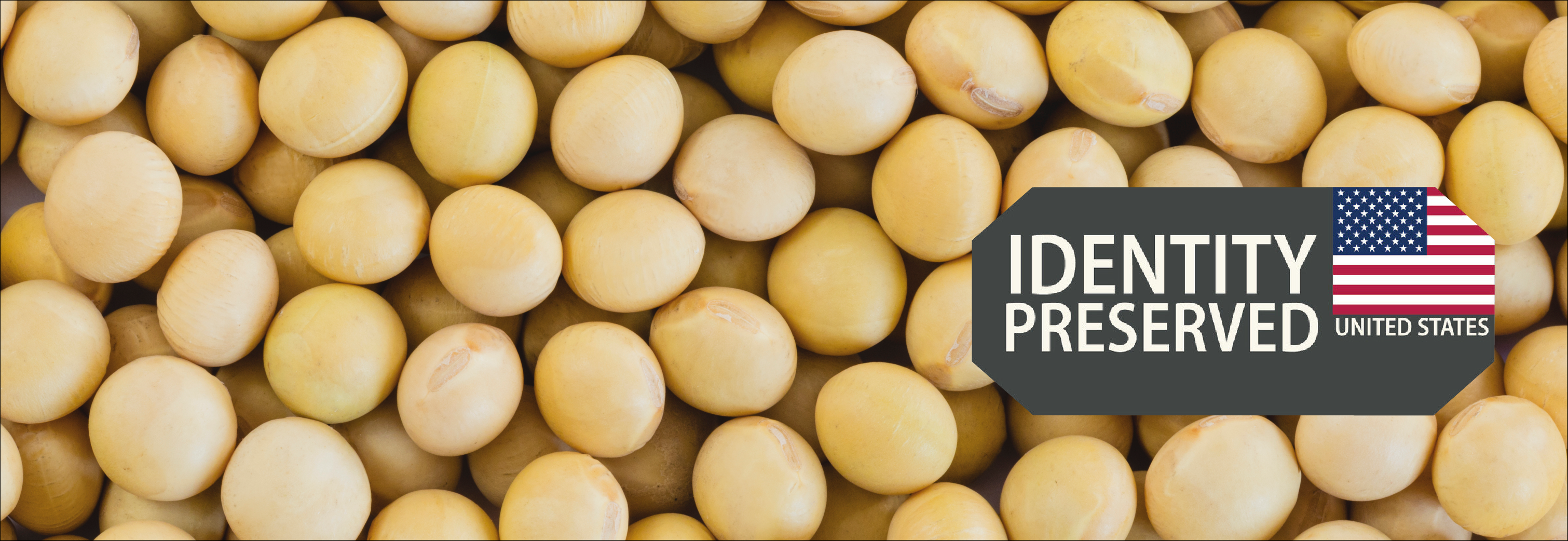There was a time when organic wasn't a choice. Before genetically modified seed, synthetic pesticides, and chemical herbicides became the norm, we just called it "food."
But today, the distinction between organic and non-organic has significant implications for supply chain reliability, certification compliance, and your bottom line.
If you are a food or beverage maker who is looking to provide trustworthy organic products to your consumers, it's important to know what to focus on. That's where PURIS comes in.
THE DEMAND FOR ORGANIC PRODUCTS
Let's start with some context.
According to the Organic Trade Association, the organic food market has grown to nearly $70 billion in annual sales as of 2023, with 85% of U.S. households now purchasing organic products. This growth trajectory continues to outpace conventional food markets by nearly three times, creating both opportunities and supply chain challenges.

Certified Organic: More Than Just a Label
Because there is no test to verify that a given food is organic, the USDA standard relies on verifications, transparency, and integrity throughout the supply chain.
![]() All U.S. products carrying the USDA Certified Organic label must be grown and processed according to clear-cut standards, including:
All U.S. products carrying the USDA Certified Organic label must be grown and processed according to clear-cut standards, including:
- Grown on land that has not been treated with unapproved pesticides, herbicides, chemicals, or synthetic substances for more than three years
- No use of GMO (Genetically Modified Organism) seed
- Utilizing crop rotation, cover crops, tillage, and approved fertilizers to maintain soil health
- Processed without non-approved organic food processing aids
- Not co-mingled with non-organic product
But the system isn't perfect — fraud can occur, which is why certification standards continue to evolve. And it's also why food and beverage makers need to make sure that the ingredients they are using come from a trustworthy organic supplier.
At PURIS, we track the entire ingredient growing and manufacturing process, from seed development to the farmers in our Grower's Program and the processing of our crops. We believe that creating a safe and secure food future can mean going back to the more traditional ways of producing what we eat. Ways where soil, seed, and farmer know-how come together to make something wholesome and traceable.
Challenges of organic sourcing
If you're making a product using organic ingredients, it's likely you're going to run into (or are currently facing) the following challenges.
Supply Volatility: Organic crops are more vulnerable to weather fluctuations, pest pressures, and yield variations. This unpredictability can leave manufacturers scrambling when harvests fall short.
Certification Complexity: The paperwork burden of maintaining organic certification extends throughout the supply chain. One missing document or compliance gap can jeopardize your product's organic status.

Cross-Contamination Risk: Even trace amounts of prohibited substances can compromise organic integrity. This is especially problematic when suppliers use shared processing equipment or transportation.
Inconsistent Quality: Batch-to-batch variation in protein content, functionality, and flavor profiles can wreak havoc on your formulation consistency.
Premium Pricing Pressure: Higher costs for organic ingredients squeeze margins, particularly when consumer price sensitivity limits what you can charge.
But despite these challenges, there is still a large ROI when you create organic-certified products.
Cost Implications and ROI Potential
While organic ingredients typically command a premium, PURIS's vertically integrated approach delivers significant cost advantages:
- Elimination of multiple middlemen reduces supply chain costs and risk of contamination or quality impact
- Consistent pricing models provide budget predictability
- Lower risk of supply disruptions and quality inconsistencies that impact production
- Confidence that you know exactly what is going into your products

from Seed to a Sustainable Future
So, what makes PURIS so different from other ingredient manufacturers and suppliers? Let's talk about it.
- Vertical Integration: By controlling the entire process from proprietary seed development to shipping soybeans and pea protein out of our processing facility's doors, we eliminate the weak links where most organic supply chains break down. Our contracted farmer network operates under consistent protocols, reducing supply disruptions and quality variability — factors that directly impact your production efficiency
- North American Reliability: Because all of our ingredients come from farmers in North America and are manufactured in the U.S., you won't run into any overseas shipping delays or have to wonder where your ingredients come from.
- Unmatched Quality Control: Our integrated testing protocols verify organic compliance, nutritional values, and functional parameters at multiple checkpoints throughout the production.
- Scalable Supply: With multiple production facilities and our network of contracted organic farmers, we can scale to meet your growing demand without compromising quality or certification.
- R&D Support and Application Expertise: Our R&D team works alongside yours to make sure that our ingredients perform in your specific applications, reducing development time and improving outcomes.
- Consistent Performance: From protein shakes to snacks to plant-based alternatives, products made with PURIS ingredients deliver naturally appealing flavor, abundant nutrition, and the peace of mind that comes with responsible practices.
What's more, partnering with PURIS directly supports the expansion of organic agriculture — creating a more sustainable food system for everyone. And who doesn't like that?
PS: All of our ingredients are available in organic.




